“When we first arrived to the camp, we heard bad things…”
Sixteen-year-old Areen sat very still as she spoke. Her impossibly white shoes were planted firmly on the ground, her fists clenching the sides of her chair like she might fall over.
“My mom said we shouldn’t leave the house, so we didn’t go out. We stayed in.”
The family had only arrived to the camp a few months prior, and that arrival was terrifying.
This fear can be difficult to grasp for those of us who haven’t had to run for our lives—stuffing your toddler into the car of a stranger, running with nothing but the clothes on your back, but Areen’s mother did it with her six children.
They made it to safety, or at least some place safer.
At first glance, a refugee camp seems like the safest place a refugee could land. They’re designed to care for displaced people, but that doesn’t always look the way we might imagine. Many camps are designed more for local residents than for newly arrived refugees. They are designed to keep refugees penned in and contained.
In camps across Iraq, it’s not uncommon for the barbed wire atop fences to be pointed inward, making it difficult for refugees to climb out. The penned-in feeling this creates, the atmosphere of surveilled unwelcome is palpable.
We’ve heard it again and again over the years: refugee camps may start off one way, but they often start to feel like prisons, and many families would rather stay home and risk death by airstrike than go to a camp.
“I’d rather die in my home than rot in a camp,” one father told me.
The child safe space offers a respite for children, a place for them to be innocent, to play and learn, to heal. Tucked into the back of the refugee camp, away from the main roads and prying eyes, the space is actually two areas: one for youth and another for smaller kids. Both are fenced in but have an open, colorful feel to them. Staff walk from class to class greeting children by name or shaking hands with parents.
A large playground, several air-conditioned classrooms, a small library, a hut for security guards, and management offices are all lined in a square around a small yard with green grass. During the summer, there’s a heavy flow of kids in and out of the space, but this will slow to a trickle once school starts. Even then, children still come after school and on weekends.
Areen’s face brightened as she spoke about the safe space for children. “We knew about this place and started coming here. My mom signed us up with STEP [the organization that founded this space for kids] because we knew the people here care about kids and the protection of children.”
Areen and her family felt afraid when they arrived here. The things they fled still haunt them.
Areen told us, “My father said if he comes here, he’ll take us back [to Syria] again, and we don’t want to go back with him.”
At this, Areen broke down crying.
She covered her face and wept openly as one of the case workers ran fingers through her hair and whispered something sweet in her ear.
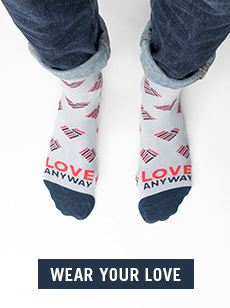
“He beat us, that’s why.”
“He’s in Syria now and we stay here with our mom. My older brother is the only one who can work to provide for the family.”
She shared more about her family and the fear she has that her father will return from Syria and take them away.
It was a heart-wrenching time, sitting with Areen, but I’m thankful to share that Areen’s fears have faded a lot over the past couple of months, thanks to a child safe space run by amazing people dedicated to helping kids like Areen feel safe and welcome.
“This place is safe,” she said simply.
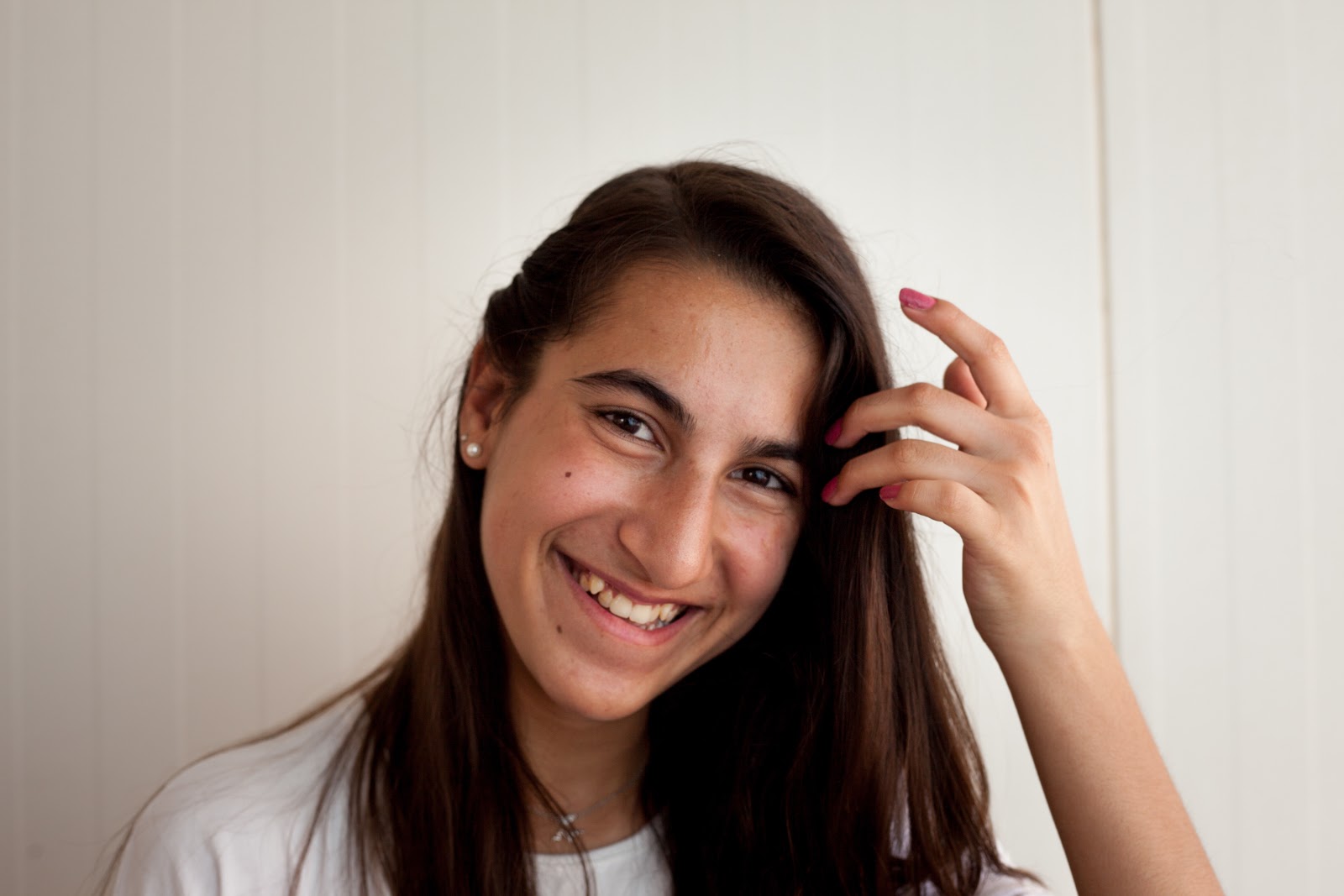
“When we first came [to the safe space], we thought we’d never make friends,” Areen recalled. “Here I met students and teachers, and now I have many friends. And I learned a lot: like drawing and calligraphy and handcrafts, and some of the local language.”
“We were in the camp for months before we heard about this place. Back then, we were always nervous, and we thought too much about things. We had to stay home, and we tried to sleep as often as we could just so we didn’t have to think about our misery.
“But then we came here, and we started to forget about those things. We were less nervous.
“We made friends. We started to laugh. And when our friends see us feeling bad, they come to reassure us and make us laugh again.”
Refugee children have endured horrific violence at the hands of governments, militias, their groups, and, in some cases, even their own relatives. They’ve lost the stability and security that is essential to every child’s healthy development.
This child safe space preserves childhood and allows healing through play and community. But many aid groups are scaling back or leaving altogether and the Child Safe Space is in danger of closing its doors.
We know you are the people who are last to leave, who will continue to hold open the doors and to welcome children into a place of safety.

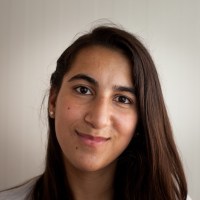
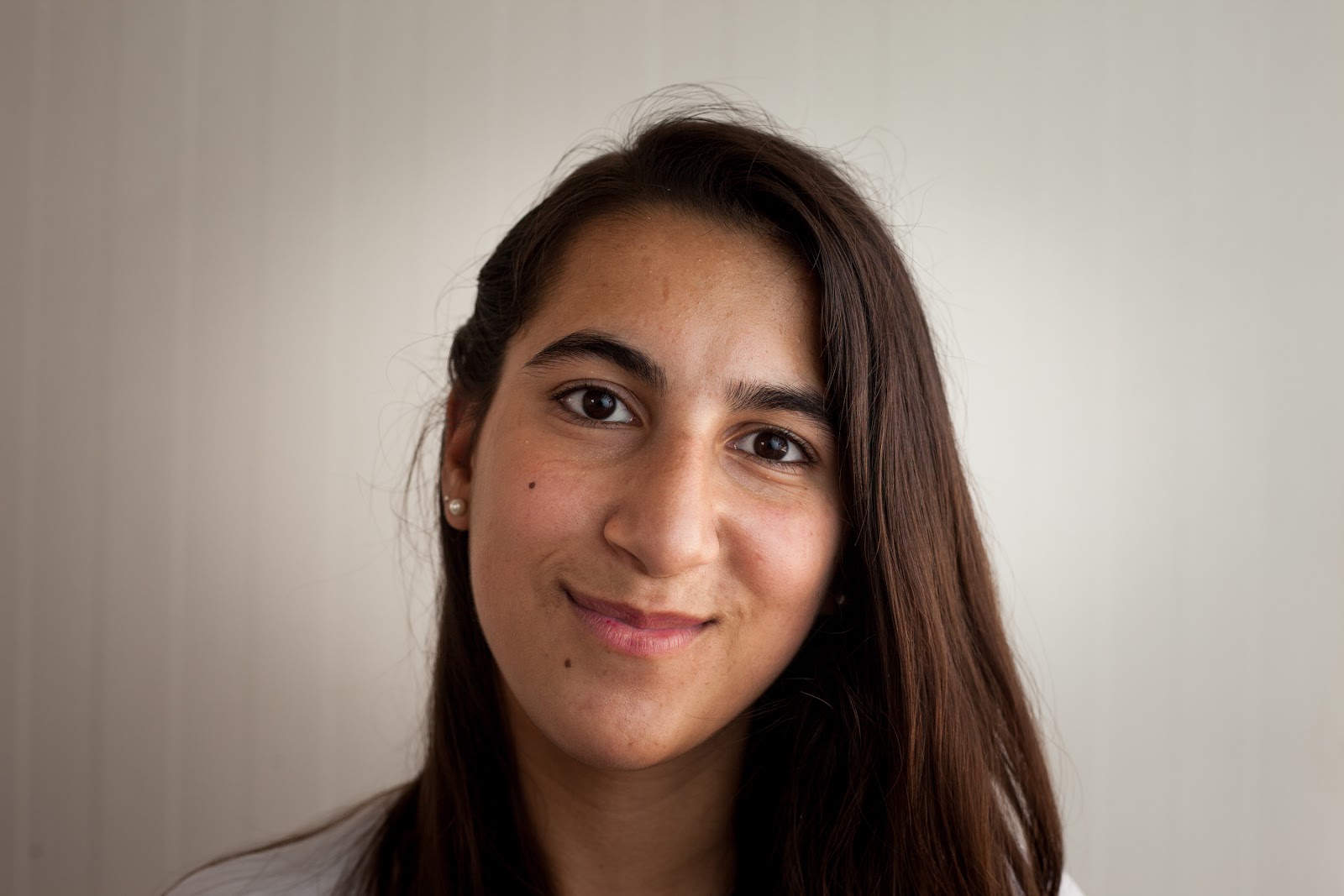
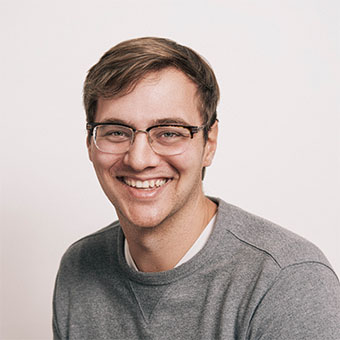 Matt Willingham
Matt Willingham